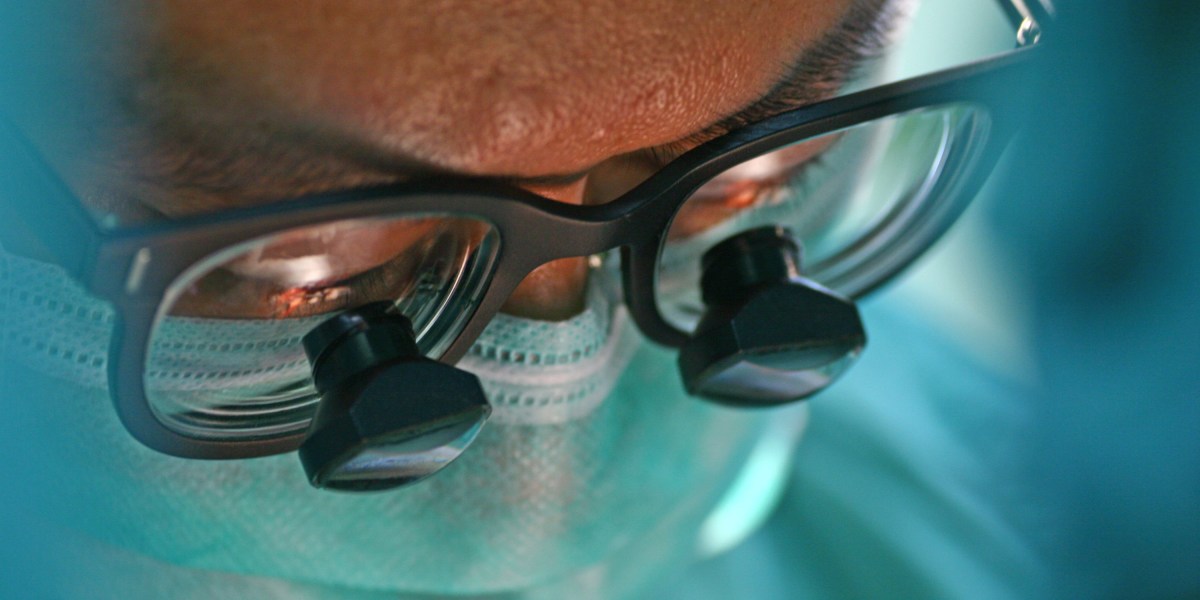This company plans to transplant pig hearts into children next year

The eGenesis team uses CRISPR to address this risk. “You can use CRISPR-Cas9 to inactivate 50 to 70 copies of a retrovirus in a genome,” says Mike Curtis, president and chief executive officer of eGenesis. He says the edits prevent retroviruses from multiplying.
The company’s scientists also perform other gene editing. Some of them serve to “knock out” the genes of pigs whose protein products cause harmful immune reactions in humans. And the team members insert seven human genes that they believe should reduce the chance of the recipient’s immune system rejecting the organ. In general, “we produce [organ] donors from over 70 edits,” says Curtis.
The team performed these edits on pig fibroblasts, cells found in connective tissue. They then take the DNA-containing nuclei of the edited cells and insert them into pig eggs. After the egg is fertilized by sperm, the resulting embryo is implanted in the uterus of an adult pig. Eventually, the cloned piglets are born by caesarean section. “It’s the same technology that was used to clone Dolly in the ’90s,” Curtis says, referring to the famous sheep that was the first animal cloned from an adult cage.
eGenesis houses about 400 cloned pigs at a research facility in the Midwest (he doesn’t want to disclose the exact location because the facilities have been targeted by animal rights protesters). And at the beginning of last year, the company created a “clean” enterprise for the production of organs suitable for humans. Everyone entering must shower and wear protective gear to avoid bringing in bugs that can infect the pigs. The 200 pigs currently at the center live in groups of 15 to 25, says Curtis: “It’s basically like a very clean barn. We control all the feed that comes in and we have waste and air flow control.” There is no mud.
Pigs whose organs will not be used will be carefully studied, Curtis says. Companies need to understand how the many gene changes they introduce affect the animal throughout its life. The team also wants to know whether a person’s genes continue to be expressed over time. Some of the pigs are more than four years old, Curtis says. “So far, things are looking good,” he adds.
EUGENESIS
Complications
When it comes to organ transplants, size does matter. Surgeons make sure that the size of the donor’s heart matches the size of the recipient’s heart. Baby baboons are small — only hearts taken from pigs between one and two months old are suitable, Curtis says. After their transplant, the hearts are expected to grow back with the baboons.
The first baboon to receive a pig heart, which was just under a year old, died a day after the operation. “It was a surgical complication,” says Curtis. He says the IV tube that supplies the baboon with essential fluids is blocked. “The animal had to be euthanized.”
A few months later, the second baboon was operated on. The team encountered another surgical complication: this time, the surgeons were unable to get the baboon’s blood vessels to stay attached to the vessels in the pig’s organs. The baboon died nine days after the operation.




